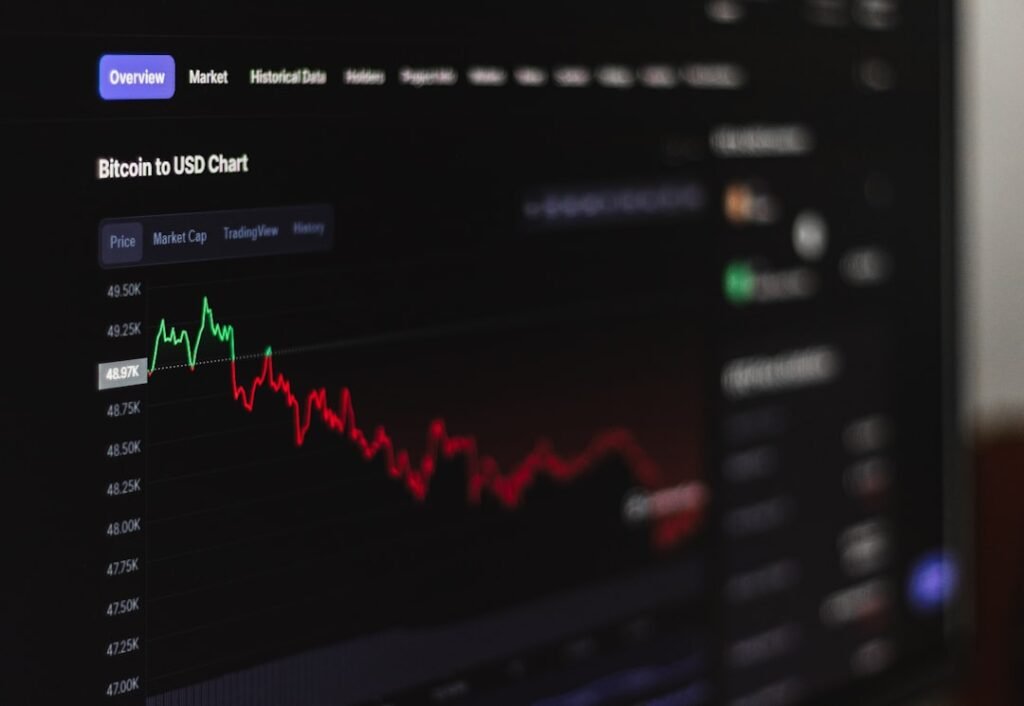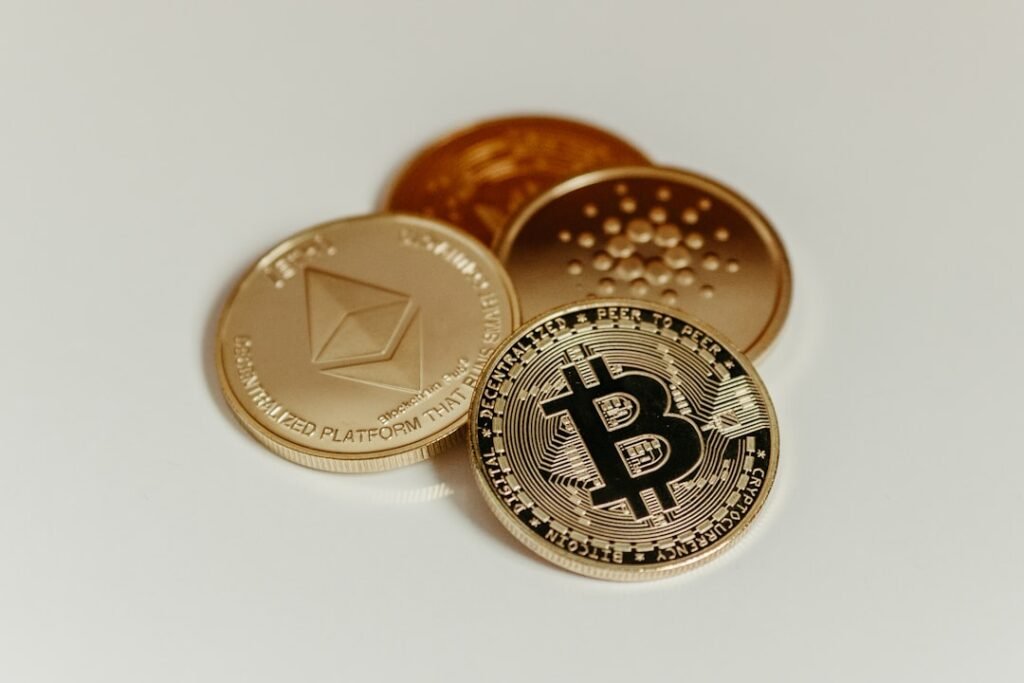Cracking the Code: Your Ultimate Guide to Ethereum Gas Fees
Ever hit "send" on an Ethereum transaction only to gasp at the proposed fee? That moment of sticker shock is all too common in the world of Ethereum. Welcome to the realm of gas fees – the essential, yet often perplexing, cost of doing business on the world's leading smart contract blockchain. Understanding gas isn't just helpful; it's fundamental to navigating Ethereum efficiently and cost-effectively. Let's demystify why you pay to send transactions and how these fees are calculated.
What Exactly Are Gas Fees?
At its core, gas is the fee required to successfully conduct a transaction or execute a contract on the Ethereum blockchain platform. Think of it as the computational fuel powering every action on the network. Whether you're simply sending ETH to a friend, swapping tokens on a decentralized exchange (DEX), minting an NFT, or interacting with a complex DeFi protocol, each operation consumes computational resources. Gas fees compensate the network's validators for providing these resources – processing power, memory, and storage – required to verify and securely add your transaction to the blockchain.
-
The Concept of "Gas": "Gas" itself represents a unit measuring the computational effort needed to perform a specific action. Simple actions, like a basic ETH transfer, require less gas (typically around 21,000 units). More complex operations, such as executing a smart contract function or interacting with a dApp, demand significantly more computational work and, consequently, more gas. Users pay for this gas in Ethereum's native currency, Ether (ETH), specifically in tiny denominations called gwei (1 gwei = 0.000000001 ETH, or 10^-9 ETH).
-
Example in Action: Imagine sending 1 ETH to a friend. This is a relatively simple transaction requiring approximately 21,000 units of gas. If the current gas price is 50 gwei, your total gas fee would be:
21,000 gas * 50 gwei = 1,050,000 gwei = 0.00105 ETH
The actual dollar cost then depends on the current market price of ETH. If ETH is $3,000, this fee would be $3.15. Conversely, interacting with a popular DeFi app during peak hours might require 200,000 gas at 100 gwei, costing 0.02 ETH ($60 at $3,000 ETH). The difference in complexity directly impacts the gas consumed and the fee paid.
Why Do Ethereum Transactions Require Gas Fees?
Gas fees aren't arbitrary; they serve several critical functions vital to Ethereum's operation and security:
-
Network Support and Security: Running a global, decentralized computer like Ethereum isn't free. Every transaction and smart contract execution consumes real computational resources spread across thousands of validator nodes worldwide. Gas fees cover these operational costs – processing power, data storage, and bandwidth – ensuring the network remains functional and sustainable. Without fees, the network would be vulnerable to spam attacks, where malicious actors could flood it with meaningless transactions, grinding it to a halt.
-
Compensation for Validators: Ethereum relies on validators who stake their own ETH to participate in securing the network. These validators are responsible for the crucial tasks of verifying new transactions, executing smart contract code, and proposing/attesting to new blocks to be added to the blockchain. Gas fees act as their primary reward (alongside newly issued ETH) for contributing their computational resources and maintaining the network's integrity. This economic incentive is fundamental to Ethereum's security model under its Proof-of-Stake (PoS) consensus mechanism.
-
Prioritizing Transactions: The Ethereum network can only process a finite number of transactions per second. During periods of high demand (network congestion), gas fees create a market-based prioritization system. Users essentially "bid" for validator attention by setting the gas price they are willing to pay. Validators naturally prioritize transactions offering higher fees, leading to faster inclusion in the next block. This system allows users who need urgent transaction confirmation to pay more for expedited service while letting others choose lower fees and potentially longer wait times.
How Are Gas Fees Calculated? (The Formula Demystified)
Calculating your final gas fee involves understanding two key components and their interaction:
-
Gas Limit: This is the maximum amount of gas you are willing to spend on a transaction. You set this value. It acts as a safety cap to prevent runaway costs if a smart contract interaction encounters an error or loop. For a simple ETH transfer, 21,000 gas is standard and sufficient. More complex interactions (like depositing into a DeFi protocol or minting an NFT) require significantly higher gas limits (e.g., 100,000, 200,000, or more) to cover all the computational steps involved. Crucially, you only pay for the gas actually consumed, not the entire limit you set. However, if your transaction runs out of gas before completion (because you set the limit too low), it fails, and you still lose the gas used up to that point.
-
Gas Price: This is the amount of ETH (in gwei) you are willing to pay per unit of gas. Unlike the limit, you don't directly set a fixed price in the modern Ethereum fee market (post-EIP-1559). Instead, the fee is determined by:
- Base Fee: A mandatory, algorithmically determined fee set by the network itself for each block. This fee constantly adjusts up or down based on how full the previous block was, targeting ~50% capacity. The base fee is burned (removed from circulation), reducing ETH supply.
- Priority Fee (Tip): This is an additional amount (in gwei per gas unit) you choose to pay to the validator to incentivize them to include your transaction faster, especially during congestion. It's essentially a tip.
The Total Gas Fee Formula:
Total Fee (ETH) = (Base Fee + Priority Fee) * Gas Units Used
Example Calculation:
- You initiate a complex transaction requiring 150,000 gas units.
- The network's current base fee is 15 gwei.
- You add a priority fee (tip) of 3 gwei to encourage faster processing.
- Total Gas Price per Unit = 15 gwei (base) + 3 gwei (tip) = 18 gwei
- Total Fee = 150,000 gas * 18 gwei = 2,700,000 gwei = 0.0027 ETH
- If ETH is priced at $3,000, this fee equals $8.10.
Critical Warning: Setting an excessively high gas limit on a complex transaction without understanding its potential cost can lead to catastrophic losses. There are documented cases where users faced fees exceeding $700,000 due to misconfigured gas limits interacting with malfunctioning or malicious contracts. Always double-check the recommended gas limit for the specific action you're performing (wallets often provide estimates) and be cautious with contracts you don't fully trust.
What Factors Cause Gas Prices to Fluctuate?
Ethereum gas prices are notoriously volatile. Understanding the drivers helps anticipate costs:
- Network Congestion: This is the single biggest factor. When demand for block space exceeds the network's current capacity (measured in gas per block), gas prices skyrocket. This happens during major events: popular NFT drops, token launches, significant DeFi activity (e.g., liquidations during market crashes), or high-profile protocol upgrades ("The Merge" saw spikes). More users competing for limited space means higher bids (priority fees) are needed to get transactions processed quickly.
- Transaction Complexity: As emphasized, not all transactions are created equal. A simple ETH transfer consumes minimal gas (21k). Interacting with a DEX swap, borrowing on a lending protocol, or minting an NFT involves executing complex smart contract code, requiring significantly more computational steps and thus, far more gas (100k-500k+). Higher complexity directly translates to higher fees, even if the base fee is moderate.
- Smart Contracts vs. Simple Transfers: This is a subset of complexity but worth highlighting. Native ETH transfers between wallets (simple value transfers) are the cheapest. Any interaction with a smart contract – which involves code execution, state changes, and potentially data storage – will inherently cost more gas. The more operations the contract performs, the higher the gas consumption.
Ethereum Gas Fees in the Real World: What to Expect
Gas fees are dynamic, but here's a general sense of costs for common actions under different network conditions (assuming ETH @ $3,000):
- Basic ETH Transfer:
- Low Traffic: 21,000 gas * ~5-10 gwei ≈ 0.000105 – 0.00021 ETH ($0.32 – $0.63)
- Moderate Traffic: 21,000 gas * ~30-50 gwei ≈ 0.00063 – 0.00105 ETH ($1.89 – $3.15)
- High Traffic: 21,000 gas * ~100+ gwei ≈ 0.0021+ ETH ($6.30+)
- DEX Swap / Simple DeFi Interaction:
- Low Traffic: ~150,000 gas * ~10 gwei ≈ 0.0015 ETH ($4.50)
- Moderate Traffic: ~150,000 gas * ~50 gwei ≈ 0.0075 ETH ($22.50)
- High Traffic: ~150,000 gas * ~150+ gwei ≈ 0.0225+ ETH ($67.50+)
- NFT Mint/Purchase:
- Low Traffic: ~200,000 gas * ~10 gwei ≈ 0.002 ETH ($6.00)
- Moderate Traffic: ~200,000 gas * ~50 gwei ≈ 0.01 ETH ($30.00)
- High Traffic: ~200,000 gas * ~200+ gwei ≈ 0.04+ ETH ($120.00+)
Monitoring is Key: Always check real-time gas trackers (like Etherscan's Gas Tracker or ETH Gas Station) before initiating significant transactions. These tools show current base fee, estimated fees for different confirmation speeds (e.g., low, average, high priority), and historical trends.
How Can You Reduce Your Ethereum Gas Costs?
While fees are inevitable, savvy users employ strategies to minimize them:
- Timing Your Transactions: Network activity follows patterns. Congestion often peaks during European/US overlapping business hours and during major crypto events. Submitting transactions during off-peak times (late evenings, weekends, holidays in major time zones) can significantly reduce costs as base fees and necessary priority fees drop.
- Embrace Layer-2 Scaling Solutions: Layer-2 (L2) networks like Optimism, Arbitrum, Polygon zkEVM, and Base are built on top of Ethereum to handle transactions off the main network (Layer-1). They batch many transactions together and submit a single proof back to Ethereum. This dramatically reduces the gas cost per user transaction, often by 10x-100x. Many popular dApps now operate natively on these L2s.
- Choose Gas Settings Wisely:
- Gas Limit: Set it appropriately based on the transaction type (wallet estimates are usually reliable). Avoid setting it unnecessarily high, but crucially, ensure it's high enough to avoid an out-of-gas failure.
- Priority Fee (Tip): Use gas trackers to gauge the current "going rate" for the confirmation speed you desire (e.g., "within 15 minutes"). Setting a tip slightly above the average for your desired speed can work, but avoid overpaying massively unless urgency is critical. Most wallets offer "Low," "Medium," "High" presets based on current network conditions.
- Consider Gas Tokens (Use with Caution): Historically, protocols like Chi Gastoken aimed to let users "save" gas when prices were low and use these tokens to pay fees when prices were high. Their effectiveness and security have been debated, and their utility changed post-EIP-1559. Research thoroughly and understand the risks before using them.
Exploring Alternatives: Blockchains with Lower Fees
High Ethereum gas fees have driven adoption of alternative blockchains offering lower costs, often at the expense of decentralization or security (the "blockchain trilemma"). Key contenders include:
- Solana (SOL): Known for its blazing speed and ultra-low fees (fractions of a cent), thanks to its unique Proof-of-History (PoH) consensus combined with Proof-of-Stake (PoS). A major hub for DeFi and NFTs, though it has faced criticism regarding network stability during peak loads.
- Polygon (MATIC): Primarily an Ethereum Layer-2 scaling solution (using various technologies like PoS sidechains and zk-Rollups). Offers significantly faster and cheaper transactions than Ethereum L1 while leveraging its security. Widely adopted, especially for NFTs and gaming.
- Avalanche (AVAX): Features a unique multi-chain architecture with high throughput (4,500+ TPS) and sub-second finality. Fees are typically very low (cents). Its C-Chain, fully compatible with the Ethereum Virtual Machine (EVM), makes it easy for developers and users familiar with Ethereum to migrate.
The Essential Perspective: Why Gas Fees Matter
Gas fees are far more than just an annoying cost; they are the economic engine powering Ethereum's security, decentralization, and functionality. By compensating validators, they ensure the network remains robust, resistant to spam, and capable of supporting a vast ecosystem of innovative applications – from decentralized finance and NFTs to complex governance systems and identity solutions.
While fluctuations can be frustrating, understanding the why and how empowers you as a user. You learn to navigate congestion, leverage cost-saving tools like Layer-2s, time your actions strategically, and make informed choices about when and how to interact with the network. This knowledge transforms gas fees from a mystery into a manageable aspect of participating in the dynamic world of Ethereum, ultimately contributing to a more efficient and resilient ecosystem for everyone.












